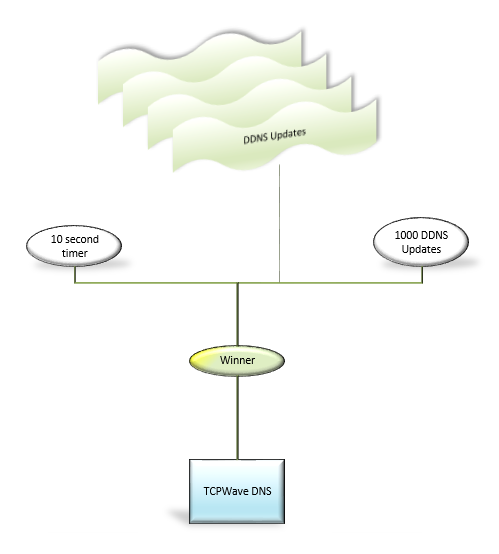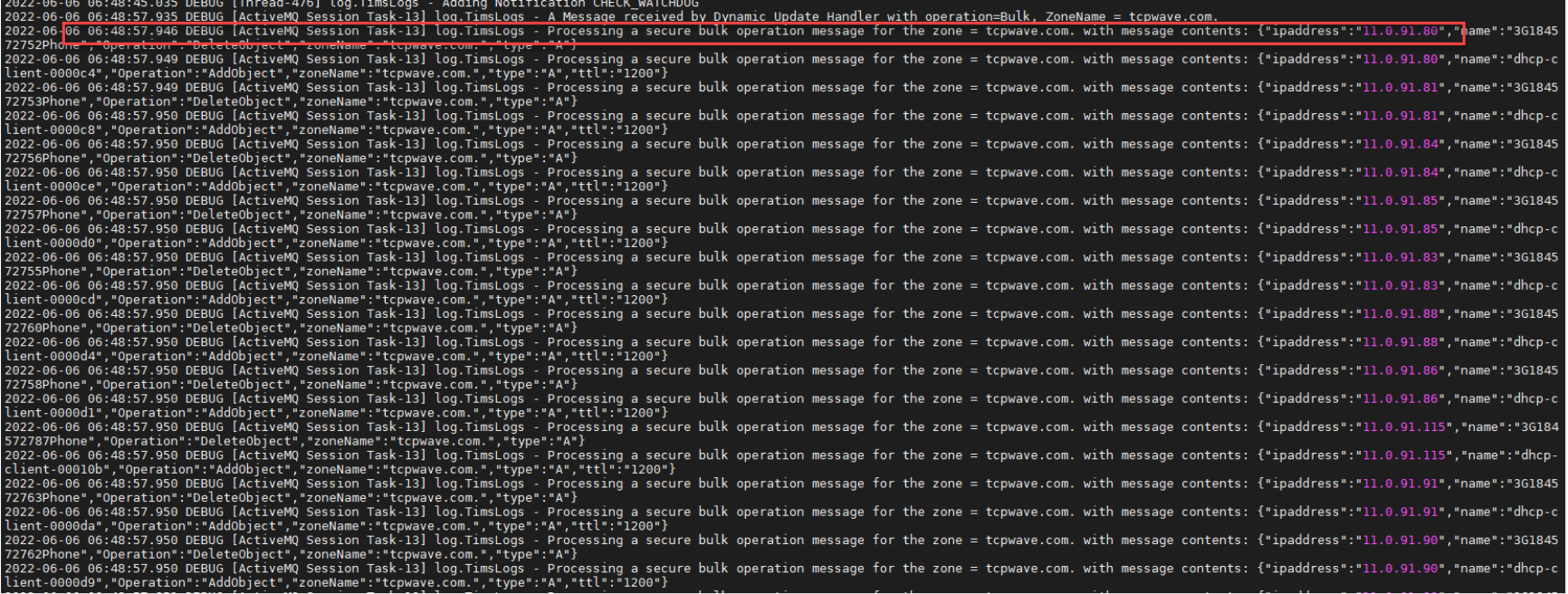
DNS is the backbone of internet services. DNS appliances translate requests for names into IP addresses. The requests are called queries. To reach the destination, DNS contains the following things to work correctly:
Whether it’s for a new DNS configuration - switching service providers or a change of an IP address or hostname; DNS records require updates. When record modifications occur, they need to propagate for new information to be visible to the end-users. This whitepaper provides insights on the configuration of DNS Propagation within the TCPWave IPAM application.
DNS Propagation, in general, is the time taken to update the DNS records across all the appliances; the entire process can take from a few minutes to 72 hours. The modifications aren’t instantaneous because the nameservers store the record information in their cache for a certain amount of time before it is refreshed, i.e., they might have a different time to live (TTL) configured for the DNS records. While the domain does not experience downtime from properly planned record changes, some end users are still served a cached version of the application until all appliances have propagated.
Understanding how the organization’s DNS files control the application is vital to maintaining reliable, secure, and efficient applications. Any changes to the DNS files need to be carried out without any propagation delays. Once the modifications are completed, the DDI management system needs to have the ability to process multiple transactions using a multi-threading technology so that tens of thousands of changes can be processed in milliseconds.
While every DDI solution provides a DNS/DHCP management solution, TCPWave’s solution has a significant difference. The rate at which changes are propagated to-and-from DHCP and to-and-from DNS uses unique technology. This technology is known as bucket-fill technology. We constantly empty a bucket that keeps getting filled up with a queue. We use the logic “first 1000 updates” or “first 10 seconds”. If the “first 1000 updates” happen before the “10-second” timer, we fire out DDNS updates asynchronously, as explained in the below section.

With TCPWave IPAM, the time taken to update the DNS records across all the appliances is a few seconds, as illustrated below:
To configure the DNS Propagation in TCPWave IPAM:


Avoid long awaiting DNS propagation time with a limited number of steps. For a quick demo, contact the TCPWave Sales Team.